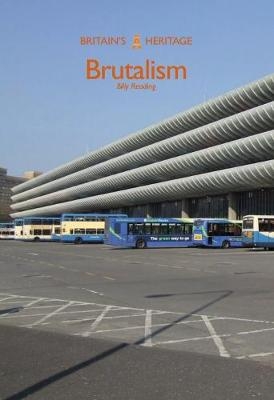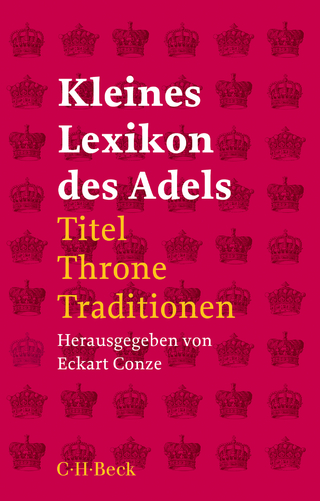
Brutalism
Seiten
2018
Amberley Publishing (Verlag)
978-1-4456-7552-7 (ISBN)
Amberley Publishing (Verlag)
978-1-4456-7552-7 (ISBN)
No style has divided opinion more than brutalism. But now, fifty years since the heyday of the style, Brutalist buildings are more popular than they have ever been. This is the perfect introduction to Britain’s Brutalist monuments.
Brutalist architecture is ever-present in the British urban landscape, from car parks and bus garages to schools, universities and cultural centres, from the small college campus to vast residential mega-structures.
Taken from the French phrase ‘béton brut’, meaning raw concrete, the name brutalism identified an emerging style of angular and sculptural form and rough, exposed industrial materials. The pioneering architects of the style such as Peter and Alison Smithson, Erno Goldfinger and the Owen Luder Partnership optimistically believed they were forging a new utopia. Their confidence is apparent in the uncompromising, bold, even bolshy buildings such as London’s South Bank Centre, Hunstanton School, Preston bus station and Portsmouth’s Tricorn Centre that came to define the architecture of the 1960s and 1970s. After decades of vilification, brutalism is today enjoying a resurgence of popularity and the original principles of the movement are being rediscovered and reappraised, although it still divides public opinion.
This book is part of the Britain’s Heritage series, which provides definitive introductions to the riches of Britain’s past, and is the perfect way to get acquainted with brutalism in all its variety.
Brutalist architecture is ever-present in the British urban landscape, from car parks and bus garages to schools, universities and cultural centres, from the small college campus to vast residential mega-structures.
Taken from the French phrase ‘béton brut’, meaning raw concrete, the name brutalism identified an emerging style of angular and sculptural form and rough, exposed industrial materials. The pioneering architects of the style such as Peter and Alison Smithson, Erno Goldfinger and the Owen Luder Partnership optimistically believed they were forging a new utopia. Their confidence is apparent in the uncompromising, bold, even bolshy buildings such as London’s South Bank Centre, Hunstanton School, Preston bus station and Portsmouth’s Tricorn Centre that came to define the architecture of the 1960s and 1970s. After decades of vilification, brutalism is today enjoying a resurgence of popularity and the original principles of the movement are being rediscovered and reappraised, although it still divides public opinion.
This book is part of the Britain’s Heritage series, which provides definitive introductions to the riches of Britain’s past, and is the perfect way to get acquainted with brutalism in all its variety.
Billy Reading is an architectural historian and author who has worked as an Inspector of Historic Buildings and Areas for Historic England for the past decade. He is recognised as the leading expert on the historic fire stations of Britain, and has wide ranging interests within the field of architecture, from the mediaeval manor house to brutalism and beyond.
| Erscheinungsdatum | 08.06.2018 |
|---|---|
| Reihe/Serie | Britain's Heritage |
| Zusatzinfo | 80 Illustrations |
| Verlagsort | Chalford |
| Sprache | englisch |
| Maße | 165 x 234 mm |
| Gewicht | 185 g |
| Themenwelt | Geschichte ► Teilgebiete der Geschichte ► Kulturgeschichte |
| Technik ► Architektur | |
| ISBN-10 | 1-4456-7552-8 / 1445675528 |
| ISBN-13 | 978-1-4456-7552-7 / 9781445675527 |
| Zustand | Neuware |
| Haben Sie eine Frage zum Produkt? |
Mehr entdecken
aus dem Bereich
aus dem Bereich
der stille Abschied vom bäuerlichen Leben in Deutschland
Buch | Hardcover (2023)
C.H.Beck (Verlag)
CHF 32,15
eine Geschichte der Welt in 99 Obsessionen
Buch | Hardcover (2023)
Klett-Cotta (Verlag)
CHF 34,90
Titel, Throne, Traditionen
Buch | Softcover (2023)
C.H.Beck (Verlag)
CHF 27,90


